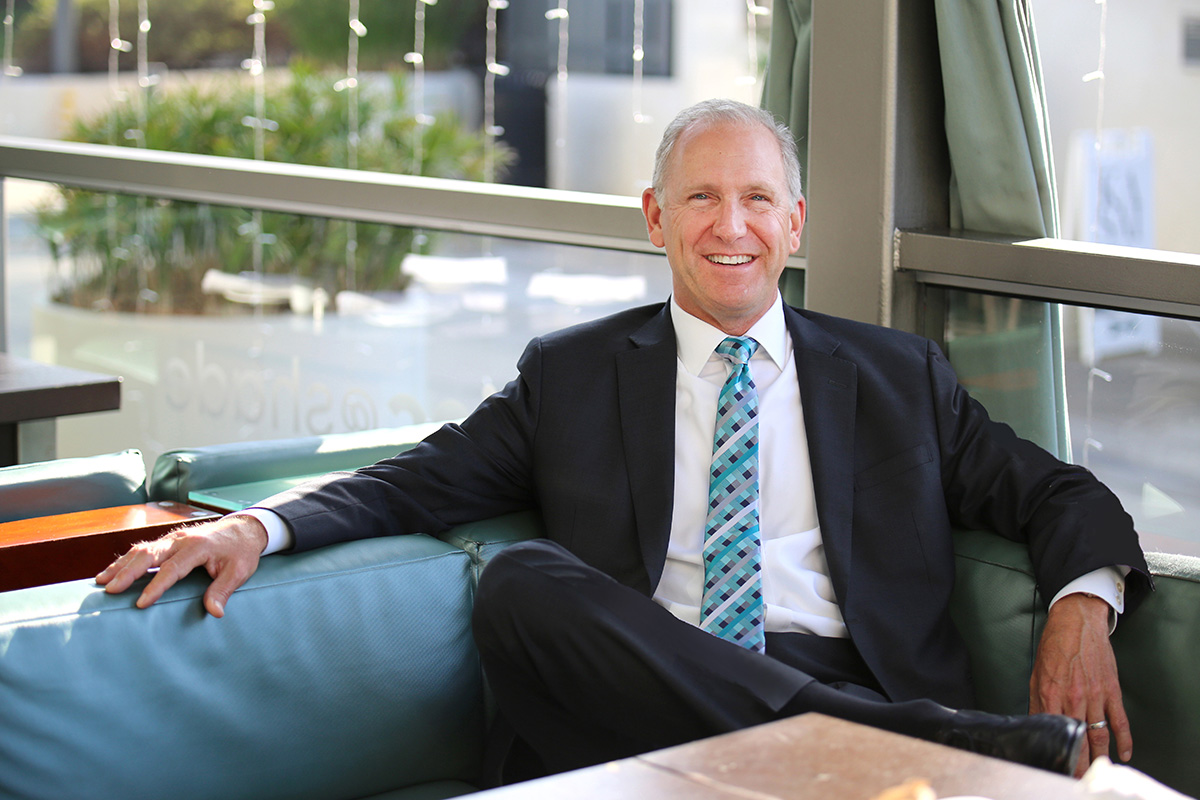Before we discuss how to run and effective meeting, we’ll begin with the famous Taipei 101 tower. From its opening in 2004 until the completion of a taller structure in Dubai in 2010, held the honor of being the tallest building in the world…
During its construction, the builders spent two years working on its foundation.
While some people at the time were impatient that the building appeared to be taking so long, critics mostly went silent after the building survived a 6.8 magnitude earthquake undamaged, early into the third year of construction.
With a solid foundation in place, the 101 stories went up very quickly.
It seems pretty obvious that building a structure can be taken as a metaphor for a business project or initiative.
But Hallett Leadership holds that running an effective meeting is also very much like constructing a building. It’s all about creating a foundation through rigorous framing.
Meeting Stages: Framing, Possibilities & Action Commitments
Harvard did a study years ago on how to run an effective meeting, and concluded that an effective meeting has three stages – and they are not simply the beginning, middle and end. The three stages are: framing, possibilities and action commitments. These can be translated as: establishing our purpose and goals, exploring ideas and approaches, and then defining and delegating actions in order to carry out the idea(s) generated during the meeting.
 It seems simple enough, except that people tend to be so focused on taking action and executing upon ideas, that the final meeting ingredient, “action commitments” usually gets more airtime than the previous two stages.
It seems simple enough, except that people tend to be so focused on taking action and executing upon ideas, that the final meeting ingredient, “action commitments” usually gets more airtime than the previous two stages.
According to the Harvard study, the breakdown of how much time, by percentage, people normally spend on each stage of the meeting is as follows:
- Framing: 0-5%
- Possibilities: 20%
- Action Commitments: 75%
This indicates that we are spending the majority of our meeting time (75%) talking about getting things done, and who is responsible for what, when and how. Even less time is spent brainstorming and ideating on possible approaches (20%.)
On framing, hardly any time is spent at all (0-5%), as if everyone in the room assumes that they are all on the same page, with the same goal(s), and they are looking at the same problem(s).
Have you ever sat in a meeting and wondered why you were there? What the purpose of the meeting was, and why you were asked to participate? Often, in the absence of framing, in our haste to get things done, we run the risk of not only missing important details, but being off strategy all together.
We have found that in cases where framing is overlooked, and results are not achieved, the team must do a complete reset and begin from scratch.
What’s the alternative to this rush to action? How else can we distribute our time to run an effective meeting?
The best predictor of project success lies not so much in how quickly you get down to action, but in the team’s degree of alignment. In other words:
- Is everyone on the same page?
- Has the team decided upon a goal, or set of goals?
- Is everyone clear about the team’s purpose, and why they’re undertaking this activity in the first place?
According to the Harvard study, the optimal time and energy investment for each stage of the meeting is as follows:
- Framing: 25%
- Possibilities: 50%
- Action Commitments: 25%
The majority of our time in the optimal scenario is spent on generating new ideas and possibilities, with a drastic increase in the amount of time spent on the initial stages of framing – while action commitments form a much smaller segment of the time energy distribution.
Why?
Framing Creates Alignment
The tragedy of the 2008 earthquake in Sichuan China is a cautionary tale illustrating the importance of foundations. When the quake hit, approximately 7,000 schoolrooms collapsed, leading to the deaths of 5,000 schoolchildren.
The buildings had been constructed hastily, with poor foundations. For the purposes of this article, we could call this poor framing.
There are six steps to a well-executed framing stage during an effective meeting. They are:
- Purpose
- Goals or Objectives
- Strategy
- Structure
- Roles / Responsibilities
- Operating Principles
We will discuss the first two stages, purpose and goals, because while all six stages are important, these first two form the basis of the foundation. The cornerstone, if you want to think of it that way.
It is important to mention that these two stages are the stages that people most frequently treat dismissively as being too abstract, insubstantial, or irrelevant for taking action. Nothing could be farther from the truth.
Purpose
An effective meeting begins with a discussion of purpose, or maybe by simply asking the question: “what are we trying to accomplish here, or even more appropriately, why?”
It is important to cover this, even if the person who organized the meeting articulated the meeting purpose in the invitation or the meeting agenda. Why?
Because once people are in the same space with each other, it is much more effective to bring them into alignment with the purpose, and with each other than assume they are all pointed in the same direction.
So get clear, together, on what the group is aiming to achieve with the meeting, and why.
Goals or Objectives
At this stage, the group comes up with answers to the question: what does success look like? How will we know we succeeded at achieving our purpose?
These answers will become the group’s goals and objectives and, in turn, inform the remainder of the meeting, and how the group will define strategy, structure, roles/responsibilities, and operating principles.
And should the group not achieve its results, it does not need a complete reset. If their framing stage was solid, they can simply return to the possibilities stage to review alternatives they previously identified.
Conclusion
In the words of Augustus, first Roman Emperor: festina lente, or “make haste, slowly.” As you consider how to run an effective meeting, begin by giving yourself and your team the gift of taking time to get into alignment with each other. Frame your purpose and goals, and proceed together as one.
Hallett Leadership’s two-day workshop is a great opportunity to initiate an open, collaborative culture where high performance leadership is the norm. Please contact us to explore whether your organization is ready to embark on a quest toward company-wide, high-performance leadership.





